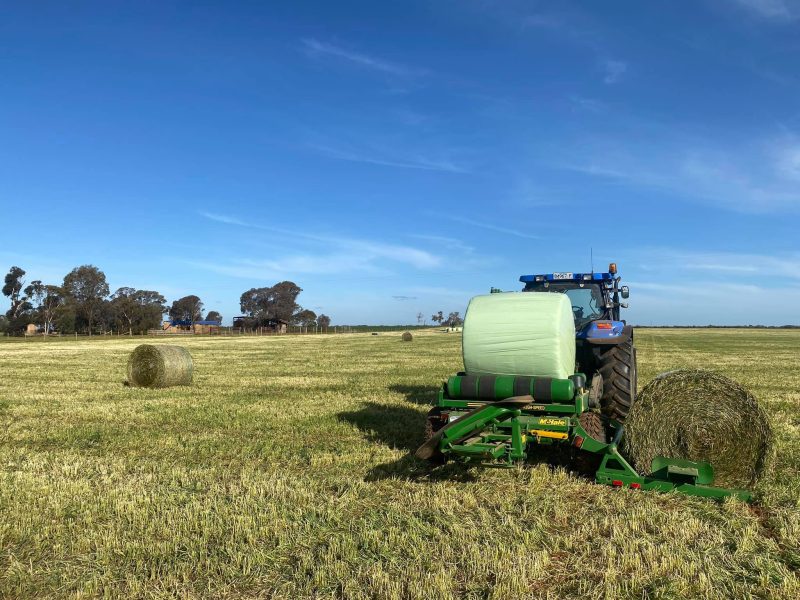The Importance of Proper Silage Wrapping for Ensuring Optimal Forage Quality
27 August 2024
Discover the significance of proper silage wrapping in ensuring optimal forage quality. Learn best practices for silage management for airtight preservation.
Silage wrapping is a critical process in forage management that significantly impacts the quality of silage produced. This method of preserving forage not only extends its shelf life but also maintains its nutritional value, making it a vital practice for farmers and livestock producers alike. The primary objective of silage wrapping is to create an airtight environment that promotes anaerobic fermentation, which is essential for preserving the forage’s energy and nutrient content.
Why Proper Silage Wrapping Matters
The quality of your silage wrapping directly impacts the quality of your forage. Poor wrapping techniques can lead to air pockets, which allow harmful bacteria to thrive and spoil the silage.
This not only reduces the nutritional value of the feed but can also introduce toxins that are dangerous to livestock health. On the other hand, properly wrapped silage maintains its nutritional integrity, ensuring that your animals receive high-quality feed throughout the year.
Key Benefits of Proper Silage Wrapping
• Nutritional Preservation: Wrapped silage retains higher levels of energy and protein, which are crucial for livestock health and productivity. The fermentation process enhances the digestibility of the forage, making it more beneficial for animal consumption.
• Reduced Spoilage: By excluding oxygen, silage wrapping significantly reduces the risk of spoilage due to mould and yeast growth. This is particularly important in humid or wet conditions where the risk of spoilage is heightened.
• Flexibility in Feeding: Each wrapped bale acts as an individual silo, allowing farmers to harvest and store forage according to its maturity and nutritional value. This flexibility enables better feed management and optimises the nutritional intake of livestock.
• Transportability: Wrapped bales are easier to transport than bulk silage, making it feasible to sell surplus forage or transport it to different feeding locations on the farm.
• Cost-Effectiveness: Although initial investment in wrapping machinery may be significant, the long-term benefits of reduced feed costs and improved livestock productivity can outweigh these expenses.
Best Practices for Silage Wrapping
To achieve optimal results, farmers should focus on several key aspects of the silage wrapping process:
• Timing: Cut the crop at the right stage of maturity and wrap it promptly after wilting to the appropriate moisture content.
• Film quality: Invest in high-quality silage wrap that offers good stretch, puncture resistance, and UV protection.
• Wrapping technique: Ensure that bales are wrapped tightly and evenly, with sufficient layers to create an effective oxygen barrier.
• Bale density: Compact bales as much as possible to reduce air pockets and improve fermentation.
• Storage: Store wrapped bales on a well-drained surface away from potential sources of damage.
Silage wrapping has become an indispensable tool for farmers looking to maximise their forage resources and maintain consistent feed quality. Investing time and resources into proper silage wrapping will pay off in the long run, supporting sustainable agricultural practices. Malkin Group understands the importance of proper silage wrapping in maintaining forage quality. Our team utilises state-of-the-art equipment and adheres to industry best practices to ensure your silage is wrapped to the highest standards.
Optimized by: Netwizard SEO


